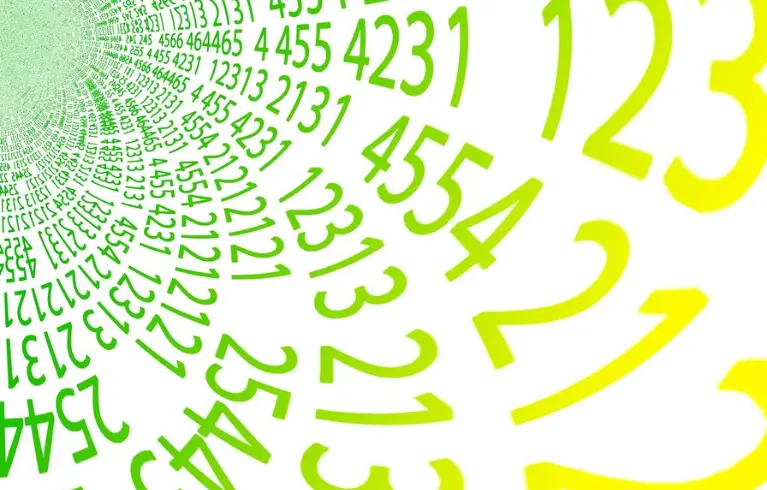This article discuss the subtraction in mathematics. In fact, in the vast realm of arithmetic, subtraction stands as a fundamental mathematical operation with profound implications. Delving into the intricacies of subtraction reveals its significance, properties, and real-world applications.
The Essence of Subtraction in Mathematics
At its core, subtraction is the process of finding the difference between two quantities. It naturally emerges as a response to questions like “how much less?” or “what remains?” Subtraction operates by taking away a quantity from another, resulting in a value that represents the gap between them.
Notation and Representation
Symbolized by the minus sign (-), subtraction’s representation is straightforward and universally understood. For two numbers $a$ and $b$, the subtraction $a – b$ encapsulates the operation of determining how much smaller $b$ is compared to $a$.
Exploring the Properties of Subtraction in Mathematics
Subtraction’s behavior is governed by essential properties that shape its nature:
Commutative Property
Subtraction follows the commutative property, meaning altering the order of the numbers being subtracted does not affect the result. In mathematical terms, for any real numbers $a$ and $b$:
$$ a-b=b-a.$$
Associative Property
Subtraction adheres to the associative property, which states that the grouping of numbers being subtracted does not alter the outcome. For real numbers $a$, $b$, and $c$:
$$ (a-b)-c=a-(b+c).$$
Subtraction Identity
Subtraction lacks a distinct identity element, unlike addition. There’s no single value that, when subtracted from any number, yields that same number.
Subtraction in Real-Life Applications
The utility of subtraction extends well beyond theoretical exercises, finding practical relevance in various domains:
Financial Calculations
Subtraction plays a pivotal role in finance, aiding budgeting, accounting, and resource management. It facilitates calculations of expenses, profit margins, and budget shortfalls.
Time Intervals
Subtraction in mathematics assists in determining time intervals, quantifying durations between events, schedules, or appointments. It provides a numerical perspective on the passage of time.
Measurements and Comparisons
In measurements, subtraction quantifies differences. Whether measuring lengths, weights, or temperatures, subtraction offers a means to assess variations.
Fostering Critical Thinking
Subtraction nurtures critical thinking and problem-solving skills:
Scenario Analysis
Subtraction enables scenario analysis, helping us decipher real-world situations involving reduction, decrease, or change. It empowers us to grasp transformations.
Strategic Decision-Making
In decision-making, subtraction aids in evaluating options by assessing gains, losses, or differences, thus enabling informed and strategic choices.
In Conclusion about Subtraction in mathematics
Subtraction in mathematics is more than a mere operation; it’s a gateway to perceiving change, quantifying differences, and navigating real-world scenarios. By unveiling the core concept of subtraction, we equip ourselves with a fundamental tool that enriches our grasp of mathematical concepts and empowers us to approach everyday challenges with numerical precision.
